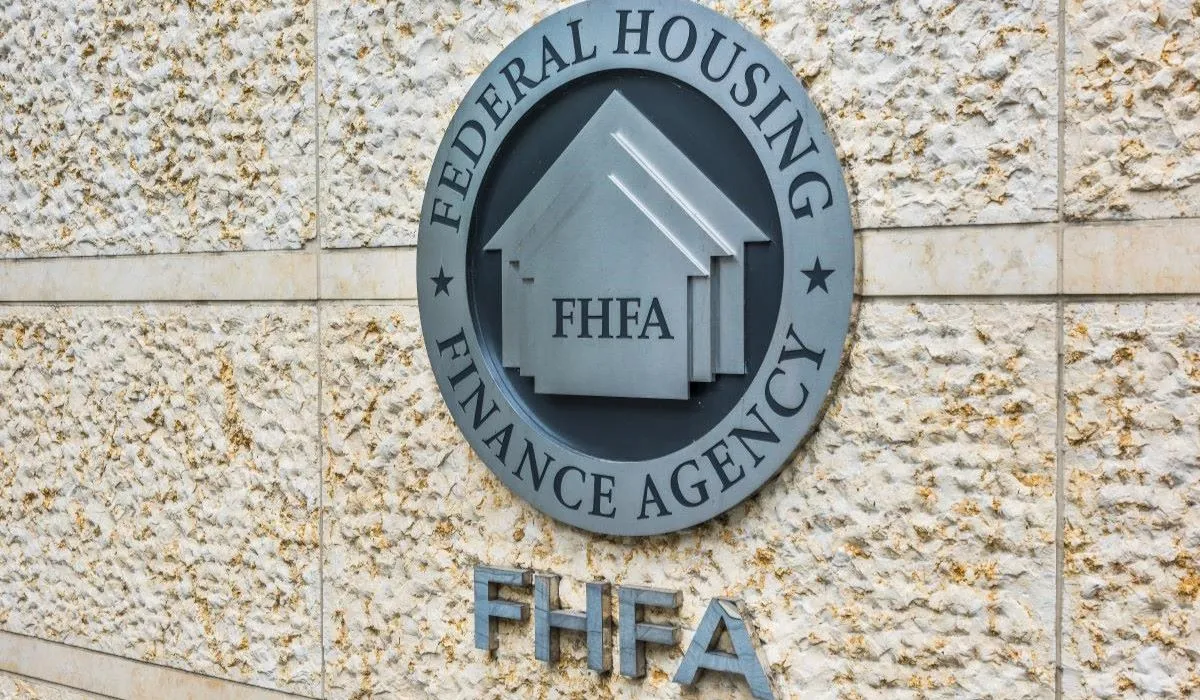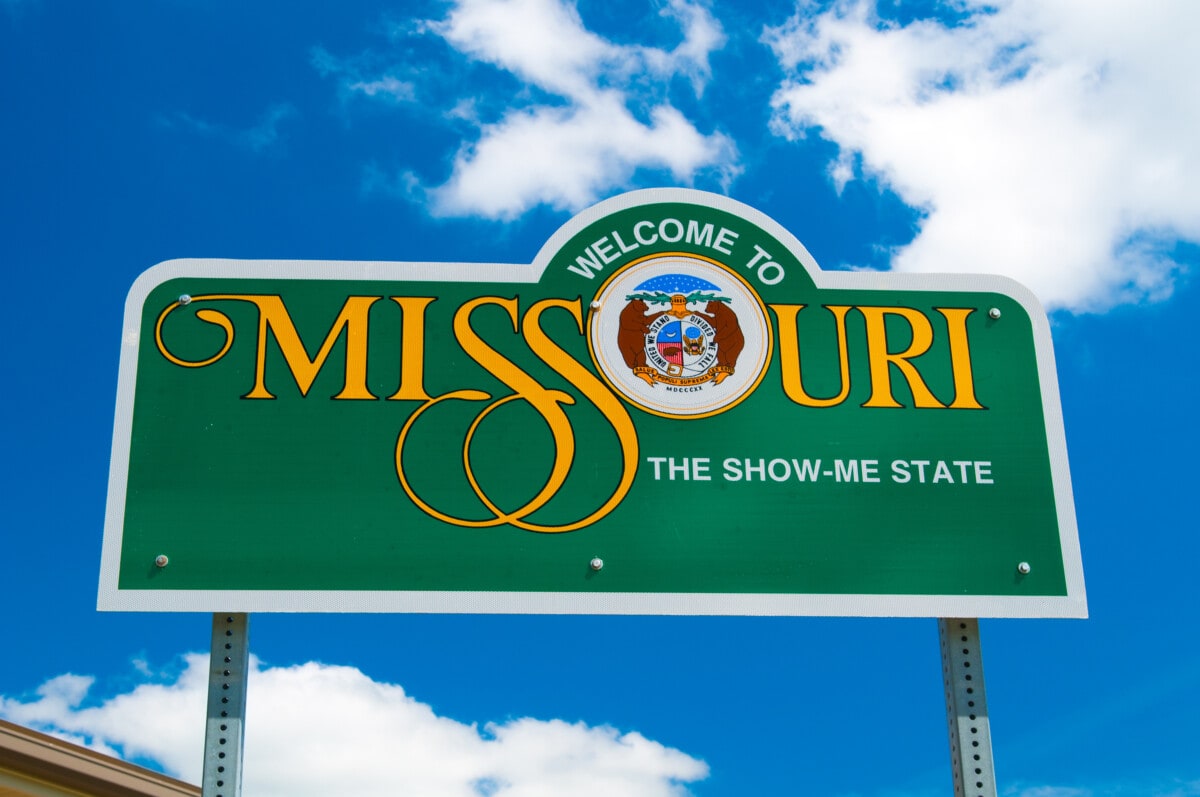Canada’s economic output is stronger than expected but far from impressive. Statistics Canada (Stat Can) real Gross Domestic Product (GDP) grew in July, following up a flat month. Any positive expectations are cooled by the details, revealing a few only-in-recession data points. That includes government stimulus in the form of public sector expansion being one of the few primary drivers of growth. Economic output is also significantly behind population growth, continuing the trend of per-capita GDP contractions that have never been this deep outside of a recession.
Canadian GDP Grew In July, On Track To Underperform BOC Forecast
Canadian economic output advanced higher than the preliminary estimates, beating expectations. Real GDP grew 0.2% in July, following no growth in the previous month. That sounds positive until the data is broken down by industry and timeline.
The agency expects no growth in their preliminary estimates for next month’s report. In a letter to investors, BMO chief economist Douglas Porter warned the growth is far below expectations. Even with a robust September, the quarterly growth is on track to hit just half of the Bank of Canada (BoC) forecast.
“Governor Macklem has already flagged the risk that growth was coming in lighter than expected, but 1.3% is well below potential and a serious step back from the respectable 2% average pace in the first half of the year,” explains Porter.
Canada’s Largest Non-Recession Per-Capita GDP Contraction
Despite population growth beginning to slow, it’s still advancing much faster than real GDP. The past 3-months have seen annualized real GDP growth hit 1.5% in July, almost a point shy of the 2.4% population growth in the same period. It’s a persistent trend these days, and the problem National Bank (NBF) was focused on in response to this morning’s release.
“GDP has seen a cumulative decline of 3.9% since its peak in 2022, the first time this has occurred outside a recession,” explained Matthieu Arseneau, deputy chief economist at NBF.
Recession isn’t officially here, but Canada is acting like it’s already in one. “The situation would be much worse without the current spate of government spending,” he adds.
Canada’s Governments Are Expanding 5x Faster Than Businesses
Real GDP growth was driven primarily by retail and government hiring, according to Stat Can. Retail advanced 1.0% in June, marking the second consecutive increase. It was also the largest retail growth observed since January 2023. Typically this is a sign of stronger households, but this is one of the rare exceptions. Failing to meet the population growth implies that adding more people is simply obfuscating weaker households.
The second largest primary growth sector was the public sector, which has become a fixture on this list. Public sector GDP grew 0.3% in July, marking the 7th consecutive advance. Stat Can notes the biggest driver within the sector was public administration, in particular those for local, municipal, and regional governments. The sector also includes educational services and social assistance, which each respectively grew 0.2% in the month, about half the rate of administration.
By itself, public sector growth isn’t an issue that would get much attention. It becomes a bit of a red flag when it’s the primary growth for employment and persistently outpaces the private sector.
“Over the past three months, economic activity in the business sector has been growing at an annualized rate of just 0.8%, compared with 4.1% in the government sector,” explains Arseneau.
That means public sector growth is 5x that of the business sector. It’s another “only in recession” type indicator—government hiring was ramped up to create this barely-above water economy. If the narrative is this is a strong economy with the public sector providing 5x the growth of the business sector, it’s hard to imagine how much stimulus will be needed in a downturn.
The current state isn’t a strong setup for the economy. Slow growth that lags population and rising unemployment are ominous signs in this environment. It’s worsened by the fact the sole pillar holding up the economy is public administration, which combined with slow growth means higher tax liabilities—expected to slow the economy further.
“This means that even further slack is opening up in the economy, which will eventually put more downward pressure on inflation… Governor Macklem has stated that the Bank wants growth to pick up, and the trend does not seem to be cooperating, clearly raising the odds of more aggressive hikes—i.e., 50 bps in October,” said Porter.




















 English (US) ·
English (US) ·